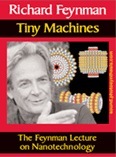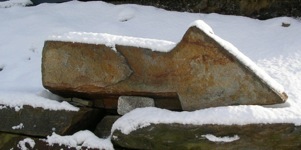Frequently Asked Questions

Doubt
This is all theoretical and hence what is the chance that this could actually work in practice?
-
Everything that we use now started off as a good idea that a lot of people worked on to make reality. The idea of assembling things atom by atom is soundly based on science as we currently understand it, and no one has yet put forward a plausible reason why it would not work. At the rate of research being done in Nanotechnology and in Nanotubes in particular, this may be possible sooner than you think. (Actually it is possible, we just haven't worked out the exact details of the how yet.)
Nanotubes are not rigid enough for structural engineering. They have great strength when you try to stretch them, but much less pure bending and compressive strength. Since you admit you do not know how strong Buckymesh will be, why do you think it will strong enough to make skyscrapers and bridges with?
-
Maybe this is true, maybe this is just wishful thinking. Until someone (or several people) do the calculations and work out how strong it is, we cannot be sure. But since it is made of (lots of very short) nanotubes (perfectly tubular, which is the best shape for making light strong stuff), which have been calculated to be about 50 times stronger than steel, and since it is in the same formation as diamond, how could it not be strong? Again, we need someone to work out exactly (or approximately) how strong. Perhaps you? If we find out that Buckymesh is not very strong, that just means I picked the wrong design.
The design shows precisely how all the atoms are arranged to make Buckymesh. But it doesn't show how to put them there. Why is this?
-
The best idea I have so far is related to research done by IBM. Construction of the actual nanotubes is now commonplace, by several different methods. But IBM has discovered how to meld 2 nanotubes together at the ends by placing the ends next to each other and heating them to a certain temperature which makes them fuse seamlessly into one longer nanotube. Extrapolation of this technique could allow one to fuse 4 nanotubes together into a nanojack, and fuse the arms of nanojacks together into more complex arrangements.
-
But even if this works, this doesn't answer many other questions such as how to scale this up to large numbers of junctions.
-
Current research into future capabilities, in many different fields and directions, assures the eventual ability to manipulate things atom by atom and hence build any valid molecule. But when this will be possible we don't know.
This is just pure vaporware.
-
This is not a product with some vague or specific release date. This is a design for a material.
This will not work because of ...
-
Please let me know of any obvious (or not so obvious) oversights on my part.



